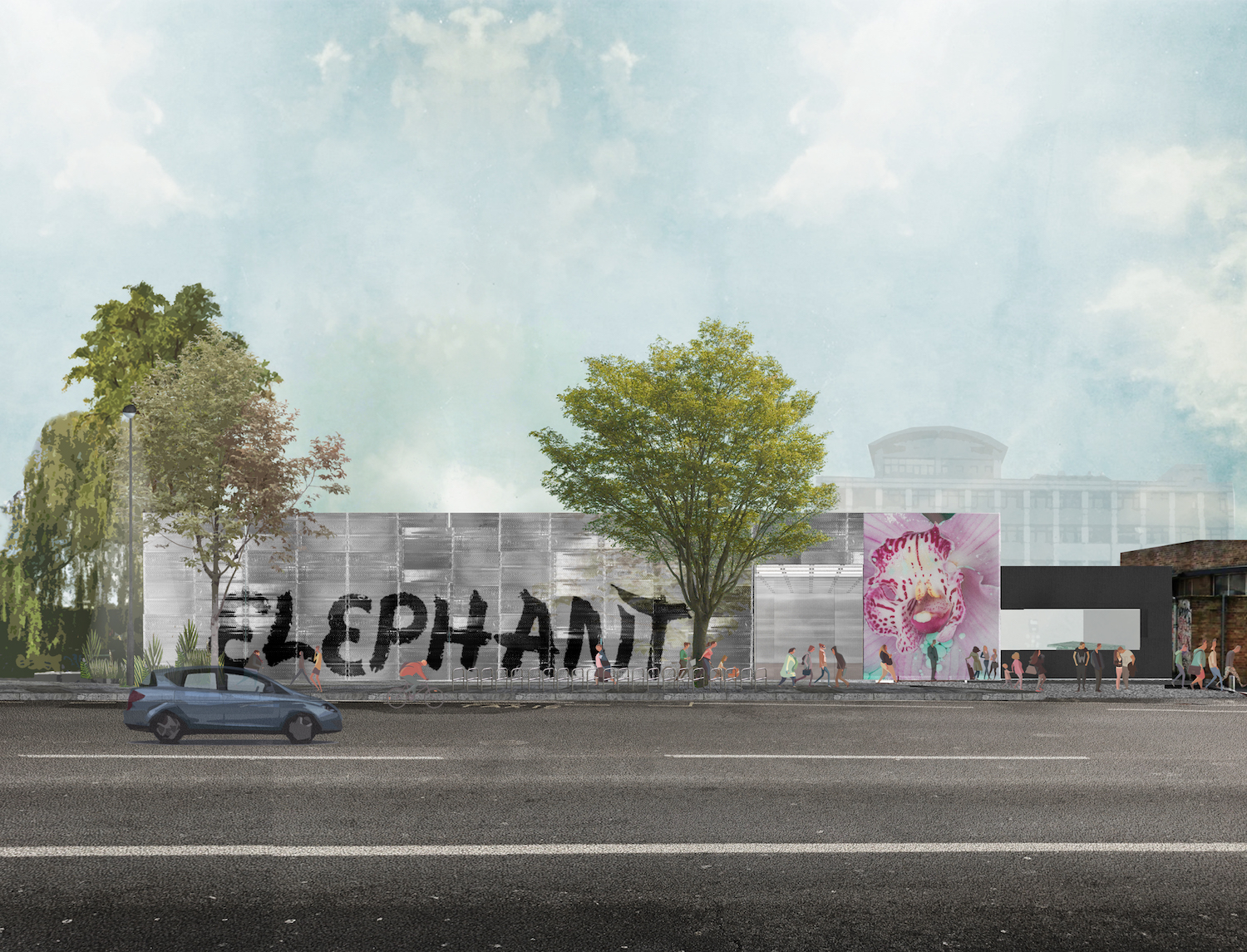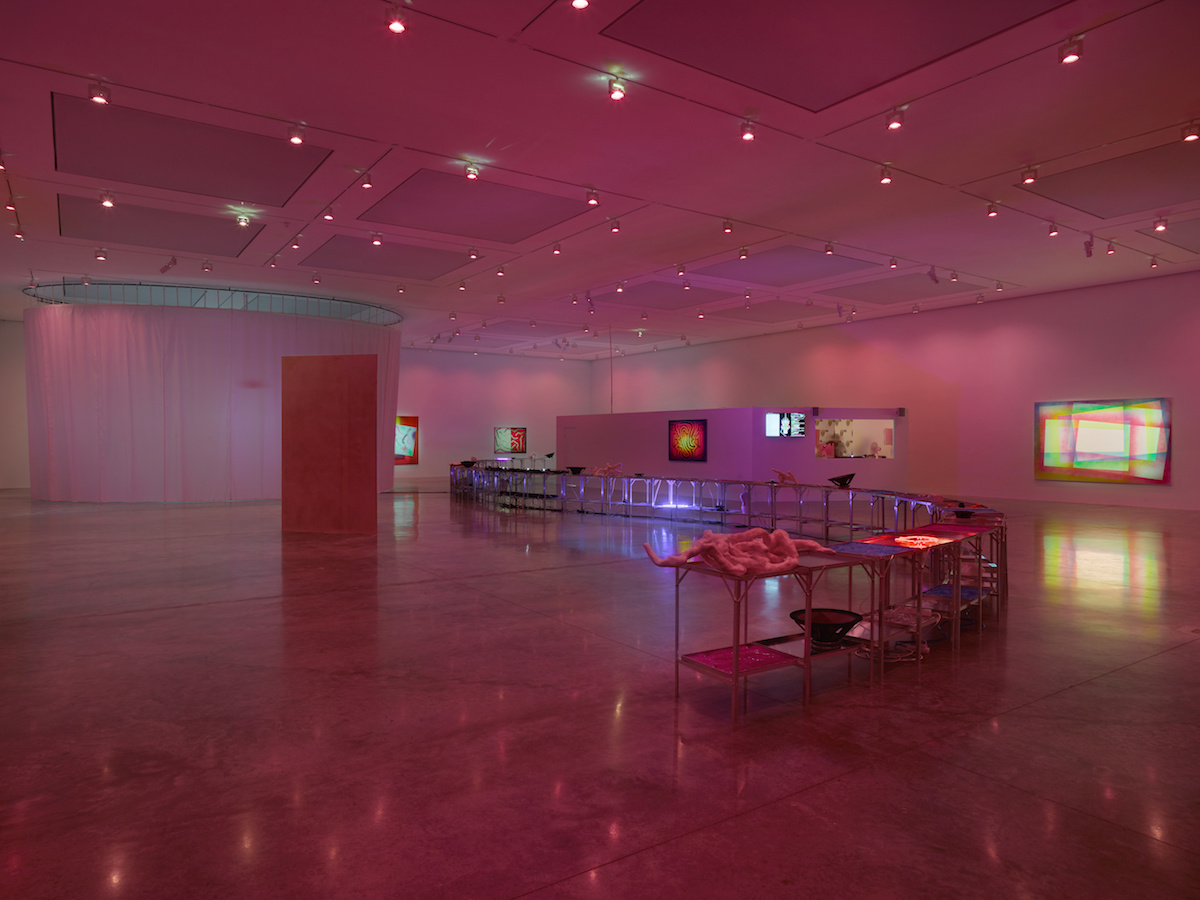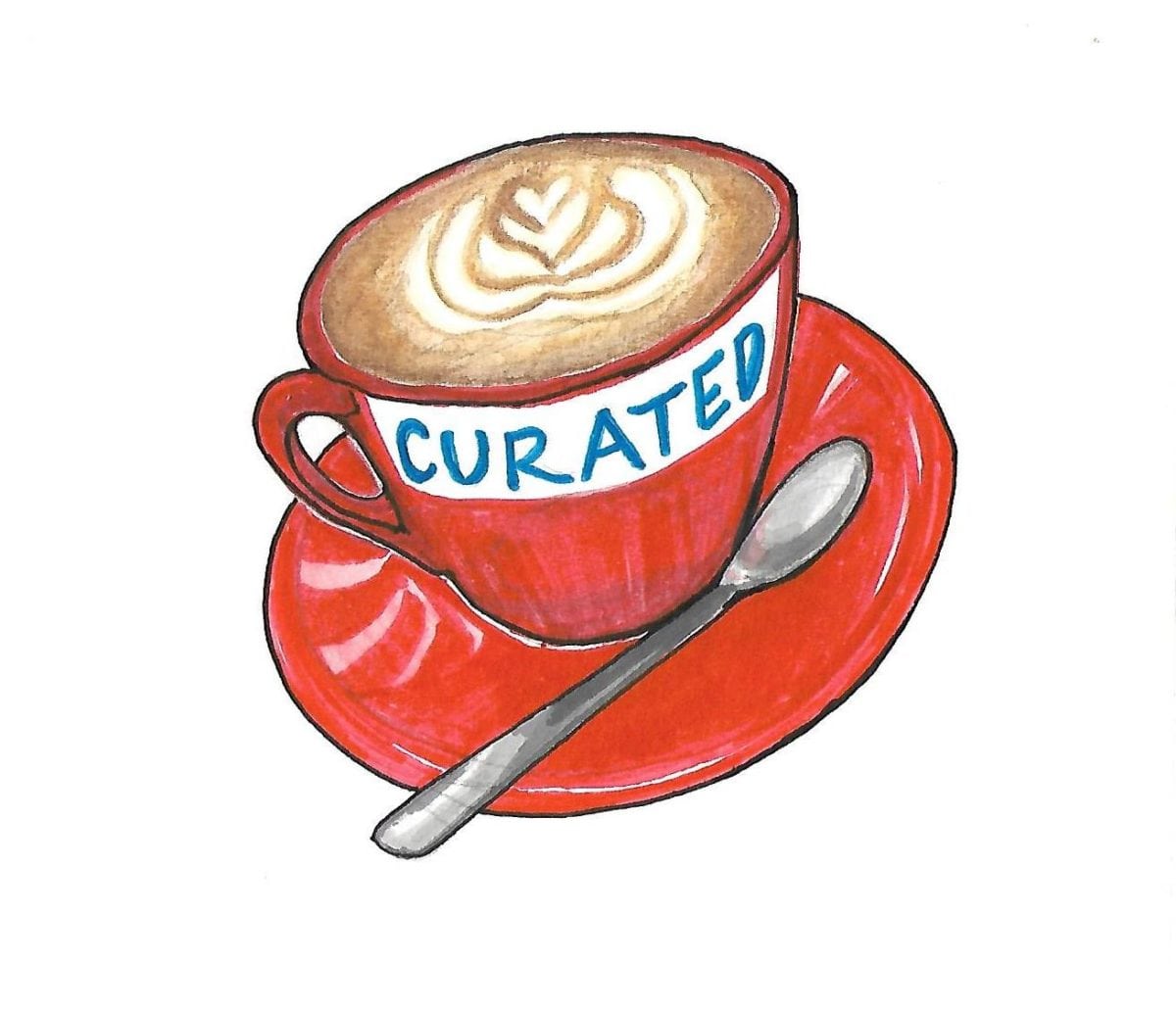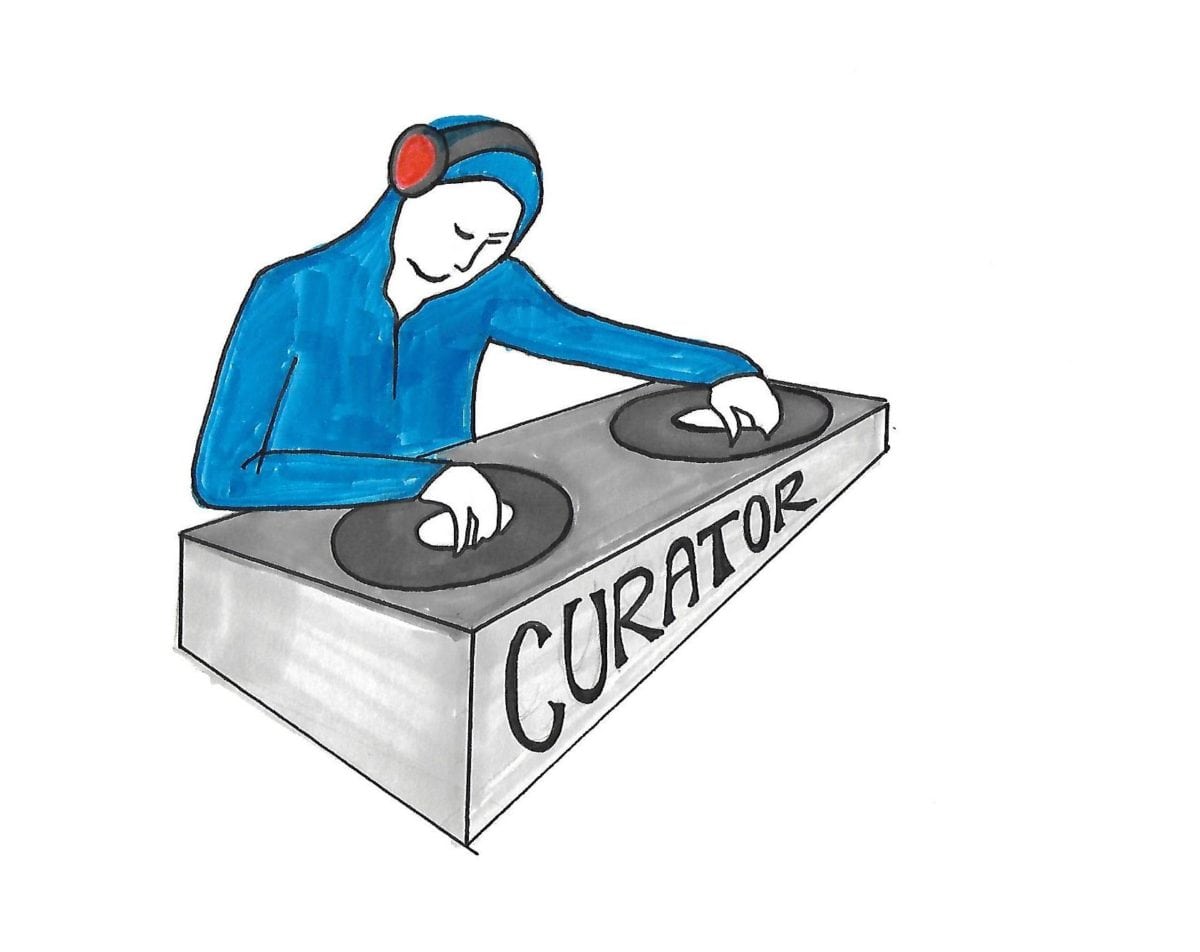Everyone is a curator these days. Our morning coffee comes from a barista with curatorial skills, websites are curated by content managers and their algorithms, services are curated for us by brands, and radio DJs are now curators of music. So when someone asks me what I do (you know, for a job) and I respond, “I’m a curator”, I feel like a bit of a sham. Does that word still mean something? More specifically, does it hold any real meaning within the art world? Once upon a time, the verb “to curate” related to the clergy and to positions of authority within government; it meant “to take care”. I rather like David Levi Strauss’s comment that, “Curators have always been a curious mixture of bureaucrat and priest.” I do sometimes feel half one thing and half another, an intermediary between the esoteric and the tangible.
In these monthly columns I aim to talk about what it feels like to be a curator (of art and culture), what it means to me and what I’m thinking about at the moment, which may lead to some kind of conclusion to the questions above. Or maybe I’ll have an existential crisis along the way. Either way, hopefully it will be an entertaining read.
At the moment my time is taken up almost exclusively with making plans for the opening of Elephant’s new contemporary art project space in White City, West London. We are converting a disused petrol station into a magnificent paradise in which you will find a café and bar (cunningly named Fuel) and a large, high-ceilinged space for new commissions by emerging artists, events, workshops, performances and all manner of cultural delights. It’s an ambitious project, with utopian ideals and a small but passionate team, for whom I am head curator.
“The barriers between disciplines, both within and outside of the art world, seem to be finally breaking down”

In practical terms, what that means is a hell of a lot of meetings and emails (not particularly glamorous) as well as artist studio visits and research trips to exhibitions (a bit more glamorous), which will eventually result in a programme of exhibitions, events and contemporary happenings (very glamorous indeed). In conceptual terms, I am thinking about interdisciplinary practice: what it looks like, where it happens, why it’s important, how we can nurture it at Elephant West, and what it means for both artist and audience.
As Elephant West will be a space for fostering and developing interdisciplinary practice, I’m actively seeking it out and now finding it everywhere I look. The barriers between disciplines, both within and outside of the art world, seem to be finally breaking down. We rarely see painting without some three-dimensional accompaniments, and performance of all types is becoming more prevalent within both commercial and public art spaces (think of Eddie Peake’s multi-faceted solo show at White Cube earlier this year, which brought a live radio broadcast and series of performances into the gallery for the duration of the show, as just one example of many).

Perhaps we have reached a point in time where artists feel the need to activate more than one of the senses to create good and useful art, and where audiences are more likely to be affected by, and remember the effects of, art experiences that are multi-sensorial. Certainly the world of entertainment seems to be all about “immersion” for audiences these days; the extraordinary popularity of events such as Secret Cinema and Escape Room indicate the desire for whole-body sensations. In a world saturated with images, have we become blind to the purely visual?
On a recent visit to the wonderful Delfina Foundation in central London, I met with three of their current performance artists-in-residence. Interestingly, none of them work exclusively with performance—in reality, they are all multi-disciplinary artists that work with performance, film, sculpture, photography, text and any other media that suits the needs of the work. I was particularly taken by Alina Gutkina’s approach to making artwork, which involves finding willing volunteers from the streets of Moscow, “street boys” as she calls them, to collaborate over several weeks and months on a journey of self-exploration which results in the creation of plays and performances, some for a live audience and some purely performed for the camera. There are emotional, intellectual and social outcomes embedded in this type of work; the process is as important as the outcome, and both performers and audiences leave changed by their experiences.
“Audiences are more likely to be affected by, and remember the effects of, art experiences that are multi-sensorial”

We are also seeing more and more cooperation between science, technology, engineering and the arts. Next door to Elephant West are the newly opened Imperial College Invention Rooms, spaces for “community innovation” which bring together designers, engineers, entrepreneurs and the local community to create ideas for the future. I’m pretty excited to have them as neighbours and we’re talking about ways we might collaborate once we open.
I was also recently taken on a tour of a new facility in Shepherd’s Bush called Open Cell
; a community of science, design and tech start-ups, collectively aiming to solve the world’s problems inside forty-five shipping containers set up as incubator offices and laboratories. Collective creative thinking is the driver behind both of these organizations, which seems to me to be fundamental to finding a way of creating a sustainable future for humans on planet Earth.
I am looking forward very much to finding out how Elephant West can play a part in nurturing new ideas, across art forms, across disciplines and with audiences of all backgrounds. The best result for my role as curator would be to develop a new meaning for the word altogether. But for now, I will continue with the emails and meetings and see where they take me.







